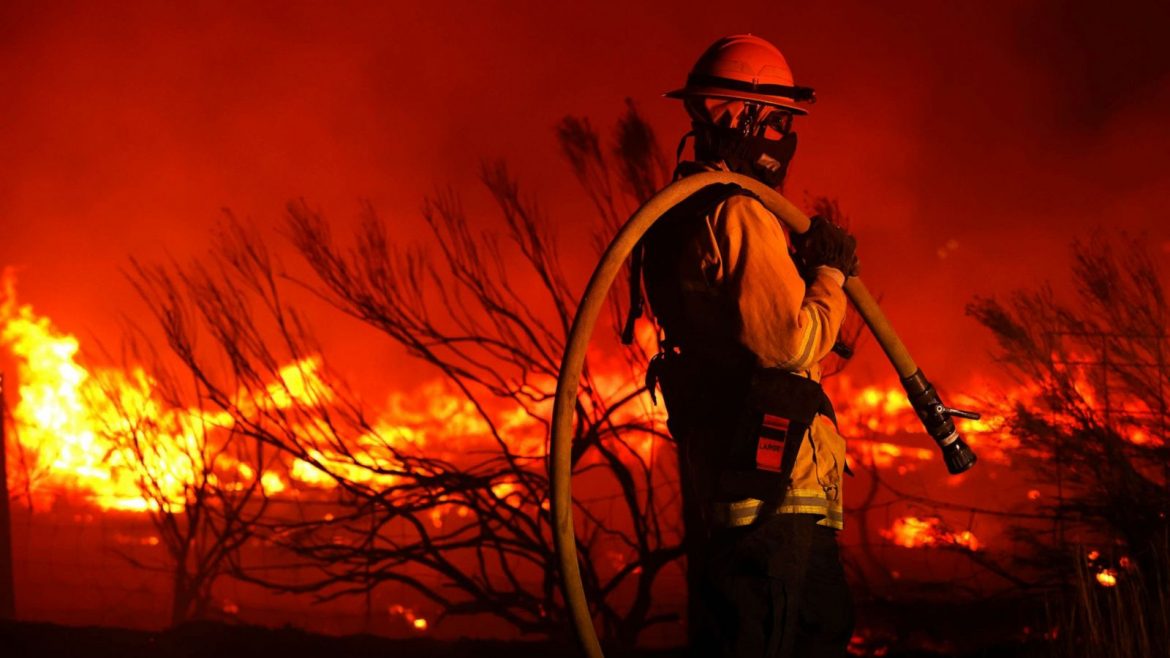A study published in Environmental Research Letters has found that wildfires are predicted to damage upwards of $22 billion worth of property by 2049 –especially in the western United States—should climate action and policy not be implemented.
The study, which focused on climate-fueled “forest disturbances” that include wildfires and tree deaths by climate-related causes, including heat, drought and insects, analyzed how much of an economic impact those disturbances could have on property values.
Researchers at the University of Utah’s Wilkes Center for Climate Science and Policy, who undertook the study, found that $11 billion worth of properties are predicted to be exposed to wildfires between 2020-2049, up from $4 billion worth of properties which were exposed to wildfires in 2000-2018, which they concluded by analyzing fire data from 1984-2018 from the Monitoring Trends in Burn Severity (MTBS) tool from the United States Geological Survey.
Read also: Fossil fuel firms move to dismiss climate lawsuit in Hawaii
Projections from the scientists show properties’ wildfire exposure could double from $11 billion to $22 billion by 2070 in what they called low-to-moderate emissions scenarios and to $45 billion by 2099 in high emission scenarios.
Meanwhile, scientists have also suggested, based on US Forest Service Forest Inventory and Analysis (FIA) data from 2000-2018, that tree mortality from climate, drought, heat and insects—such as the mountain pine beetle outbreak in Colorado—could impact up to 29 million households in the next 30 years compared to just 1 million households previously.
Some experts have also said that drought and flammable shrubs have worsened the wildfires that have ravaged Maui over the last week.
According to the Pacific Disaster Center and the Federal Emergency Management Agency, the Hawaiian island is experiencing what has been deemed the deadliest U.S. fire in at least a century with 111 people confirmed dead and $5.52 billion in exposed capital.
“We’re already facing these climate risks to properties around the U.S, and these risks are pretty substantial,” William Anderegg, the leading researcher of this study and the director of the Wilkes Center for Climate Science and Policy at the University of Utah, said. “They’re likely to go up, and we need to start preparing for that now and being proactive and really trying to use the best available science to plan, adapt and try to minimize the risk to communities and to property in the coming decades.”
Story was adapted from Forbes.
